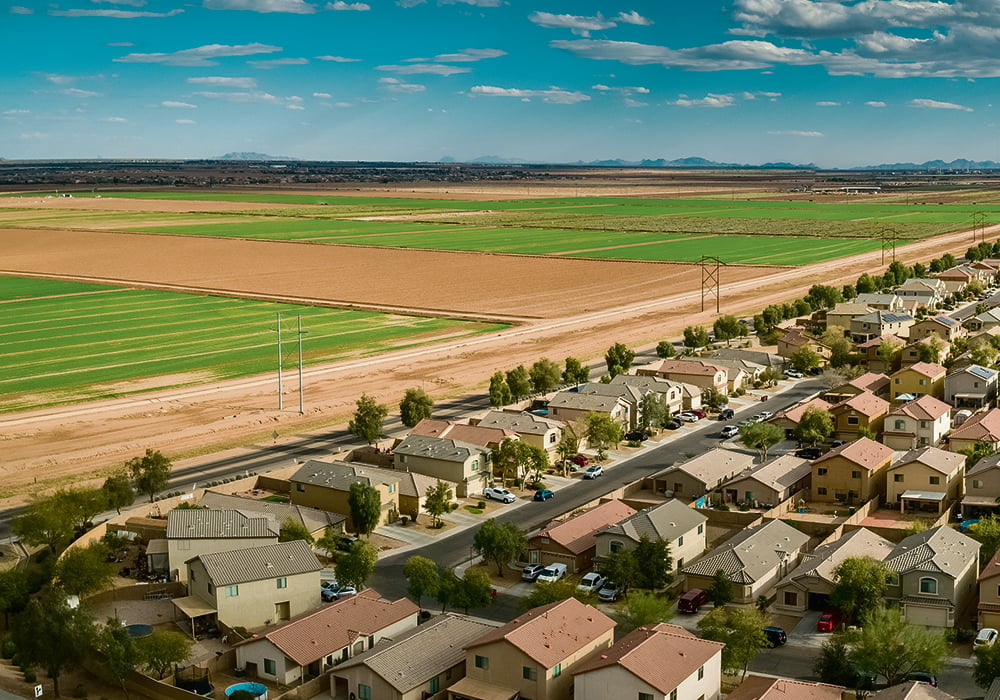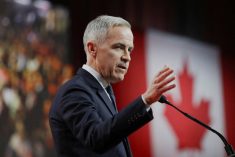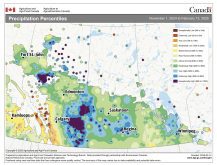Every day, thousands of acres of farmland around the world are converted into urban sprawl as developers build low-density housing projects for people choosing to move out of too-expensive, decayed, highly-taxed, over-regulated and crime-ridden cities.
Canada is particularly subject to this with cities like Toronto and Calgary spilling out across hundreds of thousands of acres of prime farmland, despite Canada being mostly comprised of non-agricultural land. Ontario loses 319 acres per day, according to the 2021 Census of Agriculture.
When it comes to building new, low-density housing, farmland is cheap to buy and cheap to build upon.
Read Also

Russian wheat exports start to pick up the pace
Russia has had a slow start for its 2025-26 wheat export program, but the pace is starting to pick up and that is a bearish factor for prices.
Yet, for humanity, there is nothing more scarce or more precious. Farmland is a finite resource, it is eroding in many badly farmed areas and climate change is expected to damage the productive value of many of today’s most bountiful acres. Within a couple of decades, the human race might have trouble feeding itself and need every arable acre the planet can provide.
This valuing of much of the best agricultural land as primarily urban-residential or urban-industrial seems like a broken market, but few care that it’s broken.
Developers want access to easy-to-build-upon land, frustrated urbanites want spacious homes they can afford to buy, municipalities enjoy having developments they can squeeze more tax money out of and farmers owning farmland look forward to selling at prices much higher than the agricultural potential justifies.
The big loser is the human race, and it doesn’t have a voice.
Somebody who cares about this and is trying to draw attention to it is senator Rob Black, who focuses on agricultural issues in the Red Chamber.
“I think it needs to be a pan-Canadian issue,” the senator told me in March in Ottawa during Agriculture Day across the canal from Parliament Hill.
“If we deal away our prime ag land a few thousand acres at a time, we’re not going to be able to feed (ourselves),” let alone the parts of the world that rely upon Canadian crops and meat.
Black has been trying to make the loss of farmland a national issue, launching an inquiry in the Senate and talking about the issue in his public engagements, but it’s far from being front page news in most places.
I began thinking about this issue because of the national housing crisis, which has put home ownership out of the reach of hundreds of thousands of young people, left millions more financially strapped with mega-mortgages for modest homes and undermined the belief in the “Canadian dream” among the younger generations.
At the same time in the cities, attempts to cure the crisis with urban “densification” — getting more people living on fewer acres of city by replacing old bungalows with duplexes and four-plexes — and other ways of keeping people living near city centres have met with fierce resistance. While few disagree with the concept of urban densification, few are willing to see it in their own neighbourhoods. The not in my backyard (NIMBY) syndrome is profound.
I imagine that farmers and rural people seldom think about the housing crisis. It must seem a distant issue to those who live on farms, on acreages and in underpopulated small towns far from major cities. For some older farmers owning land, having developers and speculators driving farmland prices higher than what their productive value justifies just means ending up with a richer retirement package.
However, for those who care about the growth and vitality of Canada’s agriculture industry, who take pride in this nation’s ability to feed itself and many millions of people across the planet and who see this country as one that could help the world survive through the coming impacts of climate change, losing millions of acres of farmland without realizing it isn’t an acceptable situation.
In the next few months I’m going to explore this apparent market failure, as will my colleague, Robert Arnason, who has been doing much reporting on farmland pricing dynamics in recent months.
Maybe it’s not wrong to see large amounts of farmland converted to urban housing and industrial estates. That’s just a choice for Canadians to make.
However, if Canadians don’t even realize it’s happening, or how much of their most precious resource they’re losing, they can’t make an informed choice about it. We’re hoping to shed a little light on the situation.
















